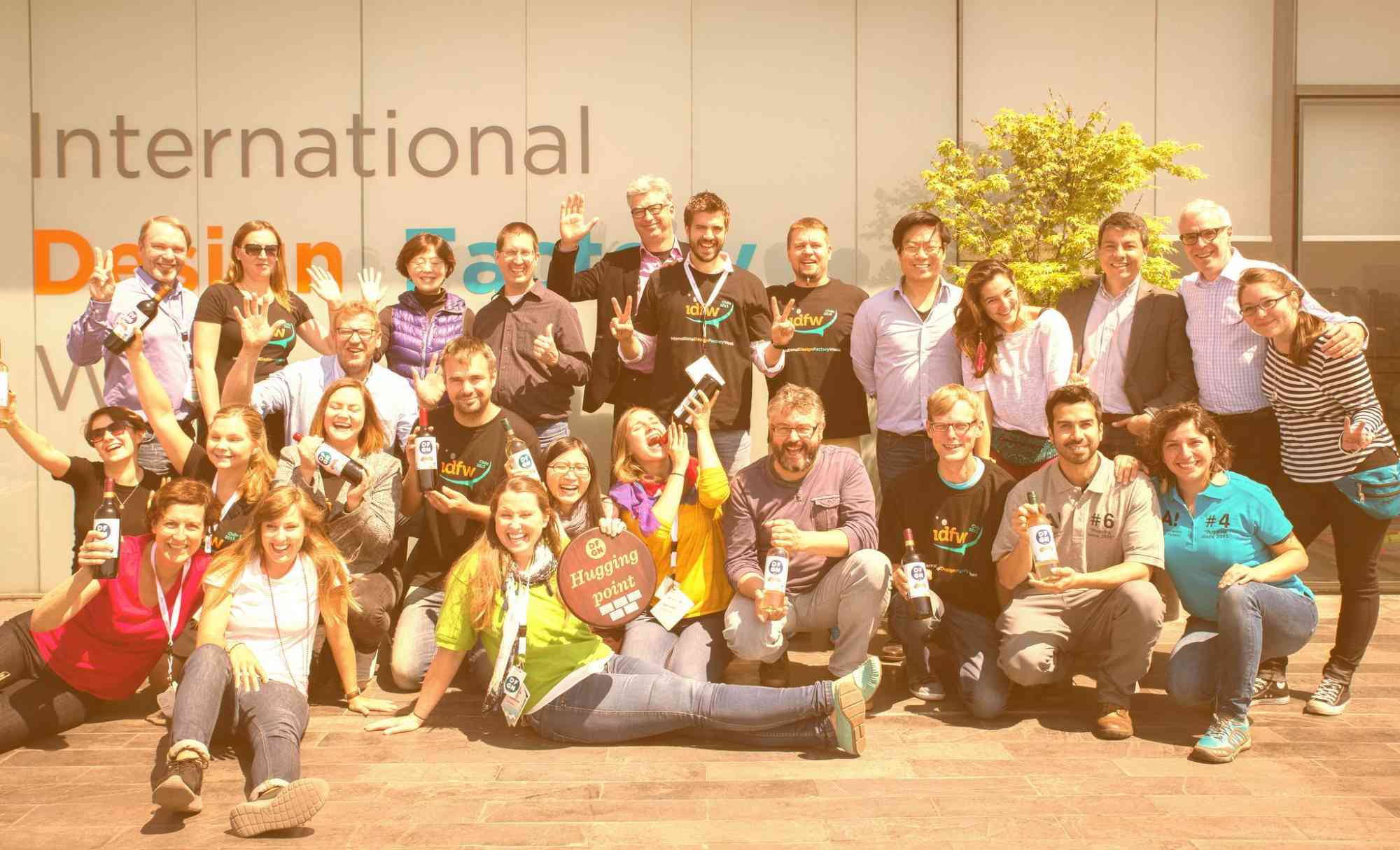Learning to work in multicultural groups and increasing one’s intercultural competence is an important working life skill in the global market. As an international learning center, studying at Aalto University creates many opportunities to learn this skill.
Full postPBL
All posts tagged PBL
What works: Research-based handy tips and tricks for the curious professor – Part 6
Marcela Acosta 16/12/2015Series part 6: Prototyping, failing, and learning
An integral part of Project-Based Learning is prototype-making. Making prototypes are a useful learning tool that provides a common language for students with different academic and cultural backgrounds, and allows the creation process to advance faster by providing a physical object that clarifies the students’ abstract ideas, and makes it easier to explain and communicate to others.
Full postWhat works: Research-based handy tips and tricks for the curious professor – Part 5
Marcela Acosta 09/12/2015Series Part 5: The role of the teacher
When using the PBL method, the role of a teacher changes from being a lecturer to facilitating the learning process. Producing learning is not dependent on teachers’ ability to transfer knowledge to students. Rather, it depends on their ability to actively participate in their own learning process.
Full postWhat works: Research-based handy tips and tricks for the curious professor – Part 2
Marcela Acosta 18/11/2015Part 2: The Environment
Immersing the student in an environment that favours activity and experience, and fosters immediate engagement, promotes knowledge and the development of soft skills. By feeling part of a supportive community, the student moves from completion of tasks to a more central role. A supportive environment provides a safe space for failure and promotes taking risks. It facilitates the mixing of study time and free time to support informal learning, which, like social learning, is about learning from others through active learning, social interaction, and belonging.
Full postWhat happens when Mathematics meets Art and Architecture? This is what Senior Lecturer Kirsi Peltonen set out to find out when creating this course at Design Factory, and it is an example of what happens when experimental teaching meets the DF teaching platform.
Full post Aalto DF
Aalto DF



